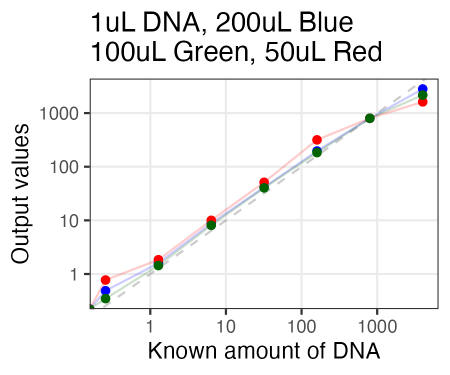Back in 2017, when I was a postdoc and still first learning the human genetics field, I encountered a clinically relevant situation in my own family’s genetics. In short, my bloodline seemed to harbor a quite rare recessive allele in a gene encoding the “battery pack” for a set of critical hormone (and other small molecule) modifying / metabolizing enzymes. When two dysfunctional copies are harbored in the same individual, there are devastating consequences on the developing child.
Figuring this out ended up being an interesting academic exercise, since it was a case where I could synthesize a lot of the knowledge I had built up, from more recently acquired knowledge in human genetics, clinical genetics, genomic technologies, and genomic databases, to somewhat older knowledge I had on literature searches, molecular biology, cell biology, and protein structure-function. Here’s a report I had provided a family member upon embarking on my quest to understand the situation. Aside from my family, I had directly shared it with various friends / colleagues / trainees over the years, but a recent conversation with people in the lab made me realize that I may as well share it more broadly at this point (any lingering minor concerns about publicly sharing “private” health-related information – for both me and at least some of my family members – is offset by what I think is a nice case-study of the importance of science and genetics on understanding human disease.
Note: In the process of having Avery, we did get Anna tested, and she was not a carrier for any variants in POR thus making Avery’s risk of ABS essentially zero (rather than the number I had calculated at the end of the above document). That said, I remember that getting Anna tested was somewhat of a struggle, between it not being fully covered under insurance and there being some miscommunication between our hospital system and the external genetic testing lab, such that the test results were pretty delayed. Such is the US health care system…


















